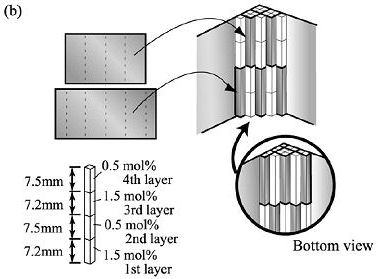| TITLE |
|---|
for a Depth of Interaction Detector |
| AUTHORS |
| SOURCE |
(DOI: 10.1109/TNS.2004.843158)
|
| ABSTRACT |
| A new method to acquire four-layer depth of interaction (DOI) information is proposed for the next generation positron emission tomography scanner (jPET-D4) that realizes high resolution and high sensitivity. The detector module of the jPET-D4 is a 16 x 16 x 4 Gd2SiO5: Ce (GSO) multicrystal array coupled with a 256 ch flat panel position sensitive photomultiplier tube (256 ch FP-PMT) having large opening area. The first challenge to encode DOI information was carried out with 8 x 8 array of units consisted of 2 x 2 x 4 crystal elements. The unit is developed for four-layer DOI encoding in previous report. Its crystal identification performance is evaluated by uniform gamma ray irradiation. The measured scintillation events are mapped on a two-dimensional (2-D) position histogram according to the relative ratio of the multianode output of the FP-PMT. However, peaks corresponding to the crystal elements of one unit form a colony in the resultant 2-D position histogram and there is large space between adjacent colonies. In the new method, the reflector arrangement which makes proper light sharing in the multicrystal array decreases such wasted space. Consequently, peak-to-valley on the 2-D position histogram was improved to 3.3:1 from 1.8:1. We found energy performance was also enhanced by the new method.
 Fig. 5. Method of packing crystal elements into the (a) isolated and (b) concatenated arrays.(Upper) Dashed line on reflectors indicates fold line. (Lower) A reflector is folded fan-like and put between crystals. |
| KEYWORDS |
| depth of interaction (DOI); nuclear medicine; positron emission tomography (PET); scintillation detector; PS-PMT; GSO |
